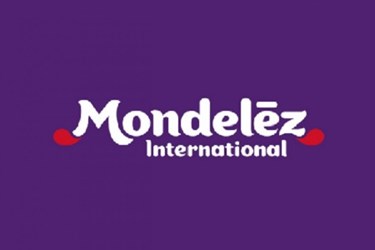Mondelez International Hopes To Take A Bite Out Of Emerging Chinese Markets
By Isaac Fletcher, contributing writer, Food Online

With ample opportunity to expand its reach in smaller, more remote regions of China, the snack-manufacturing giant is searching for methods to capture new markets
In order to spur market growth in the third- and fourth-tiered cities in China, Illinois-based Mondelez International, is exploring new ways to reach customers in those areas. In recent years, the company has expanded into second- and third-tier cities rather than remaining solely in the large first-tier cities like Beijing and Shanghai. This expansion included movement into venues such as hypermarkets — an all-in-one department store and supermarket — local convenience stores, and community shops.
Haiyan Wang, leader of Mondelez International’s Asia Pacific and China cookie category, says, “We hope no matter how remote the place is, if there is an option, the consumers will find our products.” Despite the weak growth of the cookie market in China last year, Wang believes China still holds immense potential as a market. The consumption of cookies in China is typically 20 to 25 percent of that of developed nations, indicating that there is a lot of room for market development. This is an opportunity upon which Mondelez International is looking to capitalize. The company has already seen revenues in emerging markets increase by 9 percent and is looking to grow that number further.
According to Jason Yu, general manager of Kantar Worldpanel, an international consumer survey company, Mondelez International’s household penetration throughout major cities is around 70 percent. Penetration in smaller, third-tier cities is about 62 percent and 58 percent in fourth- and fifth-tier cities. Additionally, the data from Kantar Worldpanel indicates the rate of growth for market penetration is higher in smaller cities, at 14 percent, compared to larger cities at 10 percent. This information underscores the opportunity for Mondelez International to reach more consumers, particularly in smaller, more remote cities, and profit from the potential for high growth.
Wang maintains that the key to capturing the Chinese market is keeping up with consumer tastes and continuous product innovation. She says, “New packaging or new product launches have been the motivation for our market progress.” Mondelez International has also noted the differences in consumer preferences, such as sweetness of cookies, compared to other regions, and adjusted as necessary. “Oreos in China are not as sweet as those sold in the U. S.,” Wang explains. Mondelez International also produces a green tea flavored Oreo specially formulated for Chinese preferences.
Mondelez International’s goal of higher penetration rates into emerging markets in China is among a number of expansions the company has made in the last year across various regions. An investment of $110 million into a Russian plant was announced last month. In addition, $350 million was invested in Mexico and another $300 million into Brazil to build a new plant and expand production capacity, respectively. Additionally, the company already invested $85 million in China to expand its cookie production, setting the stage for its deeper market penetration.
